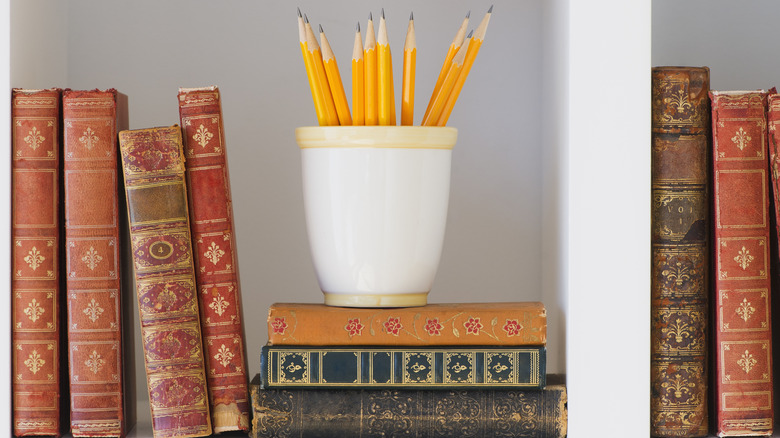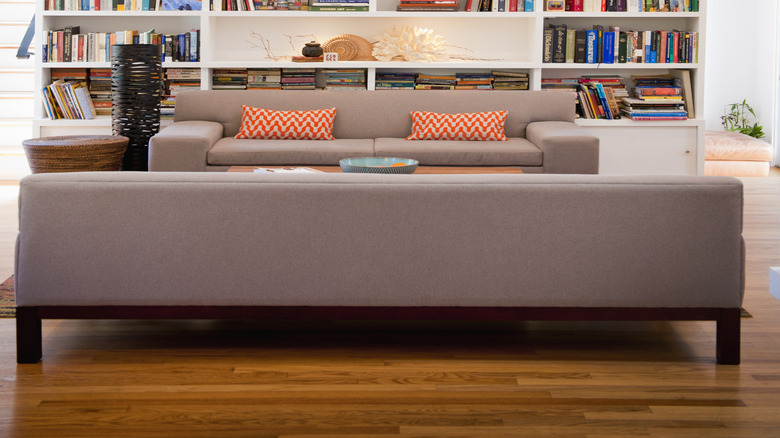Vertical Vs. Horizontal Book Stacking: Design Tips For Displaying Your Library
As you start designing your in-home library and getting your favorite books on the shelves, you should be aware of some specifics that are important not only for design, but for function. There are two options you should stick with when shelving your library: horizontal stacking and vertical stacking. Slanted books risk damage to the books themselves and should be avoided.
Vertical stacking is a more common method used for traditionally sized books. It's a great way to keep titles easily readable and quickly retrievable. When stacking books vertically you should consider placing them by size for a more pleasing aesthetic. If desired, you can color code your books or place them in a specific pattern by subject or author name.
Horizontally stacked books are usually done for larger books that can't fit upright. While horizontal stacks can add great variety and spacing to your shelves, there are some functional things to keep in mind — like accessibility and weight. Heavy books can place a lot of stress on the spines of your books as well as on your shelves, and you don't want them to cause damage or bowing shelves. Keep this in mind when stacking larger books. Retrieving books from the bottom of your horizontal stack isn't always easy, so consider placing these stacks on the lower bookshelves. Combining both vertically and horizontally stacked books is a unique design choice that will add interest to your bookshelf.
How to maximize your bookshelf design
Your in-home library has a lot of opportunities to showcase your design chops. As you start, be purposeful with your book selection. Consider luxe coffee table books, books with elegant covers, or funky art books to showcase your creativity. Once you've picked your titles, decide which placement is best for them as you build your vertical and horizontal stacks. Organize your stacks by color, subject, or size.
Your stacks don't need to be boring or uniform. Add variety to create interest and showcase your favorites. A horizontal stack can beautifully display books by size: go from the largest book to the smallest book. This method will help you maximize the amount of space on your bookshelf. Meanwhile, the classic vertically stacked books can keep series or similar titles together, and it's easier to keep organized. It's also a better method for accessing books that you read often.
Once your books are stacked, your design choices can go further. Consider putting some of your books with the spine facing in to showcase the unique color or design on their edges. Spine-in placement can also serve as a way to hide any titles you may not want displayed for guests . Use your stacks' placement to introduce other decor that fits your aesthetic. Horizontal stacks can be used as bookends for vertical stacks on some shelves, creating extra space. In that freed up area, you can now add decorative bookshelf accents like artwork, greenery, or family photos. You can maximize your benefit here by adding some incognito storage and organization options, such as a chic box to house miscellaneous items.

